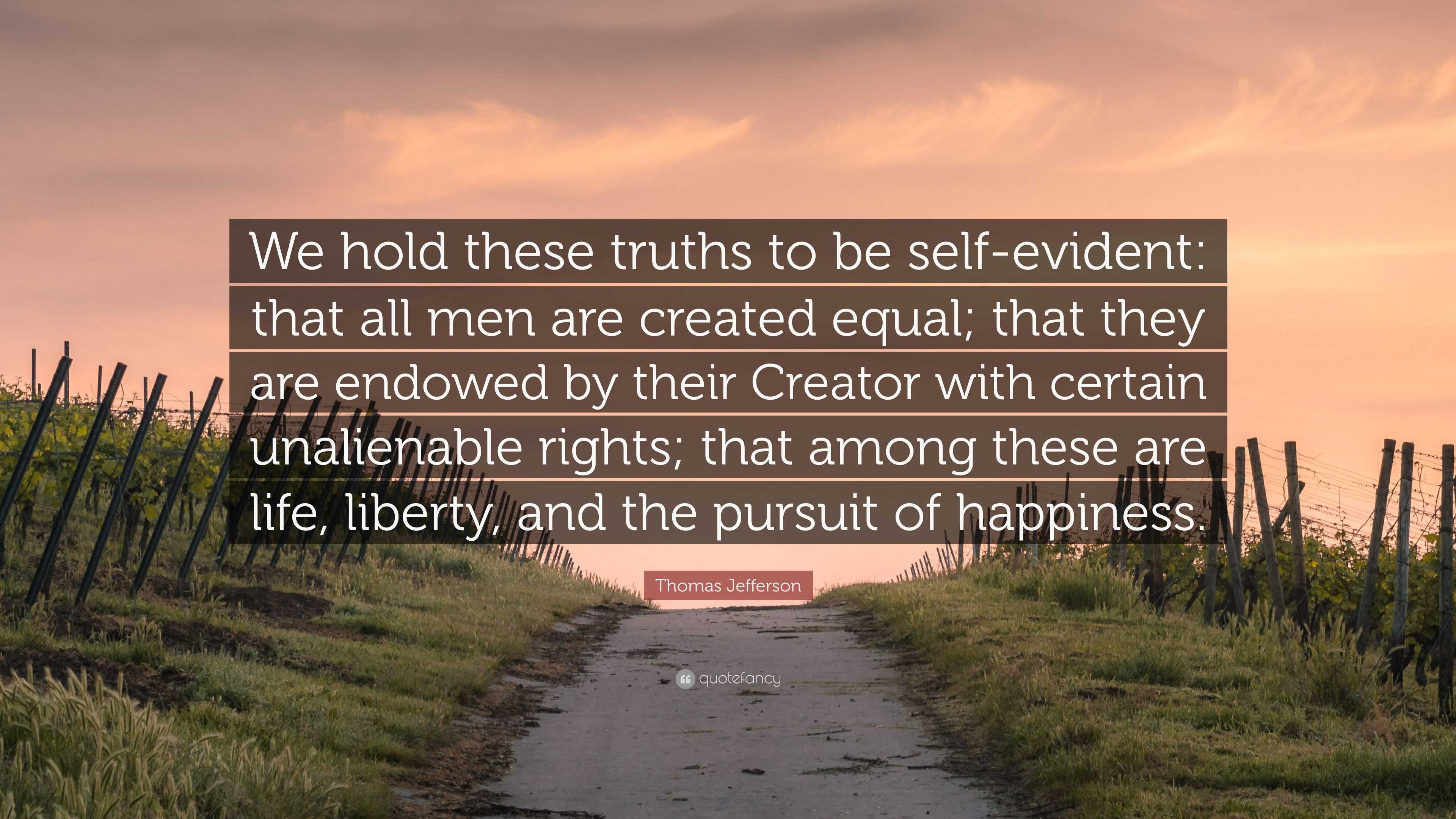
Harvard case provided unprecedented access to Harvard’s admissions process. The authors of this study note at the outset that their research would not have been possible without the data made available by the case against Harvard: “Universities tightly guard access to admissions data, and even the criteria by which universities score their applicants is often unknown. As Justice Clarence Thomas details in his concurrence, ‘Asian Americans can hardly be described as the beneficiaries of historical racial advantages.'” Academic study of the data brought to light by the case shows that if they had been treated the same way as whites, 19 percent more Asians would have been admitted to Harvard. Compounding the injustice, Asian Americans were already historically marginalized. As Chief Justice Roberts makes clear, the University of North Carolina-which was a defendant in a separate case about its admissions process-also imposed far tougher admission standards on Asian students. This discrimination wasn’t unique to Harvard. As Chief Justice John Roberts notes in his majority opinion, a Black student in the fourth-lowest academic decile had a higher chance of admission to Harvard than an Asian student in the top decile. David French, writing in the New York Times, notes that “the evidence is overwhelming that Harvard actively discriminated against Asian applicants. Harvard forced Harvard to reveal details about its admissions process indicating clearly that it discriminated in a way that had particularly negative effects on Asian applicants. Yet it was precisely the case brought by Students for Fair Admissions that uncovered clear evidence of anti-Asian discrimination, and the majority opinion justifies the decision overturning the previous cases based on these new facts brought to light by the present case as well as on errors they find in those previous judgments. Justice Sonia Sotomayor indicates that the majority opinion overturns the precedents set in these previous affirmative action cases without referring to any new legal or factual developments as justification. University of Texas at Austin, in which the Supreme Court has allowed for a limited use of racial preferences. While the majority depends on such cases that affirm the Supreme Court’s opposition to discrimination based on race or ancestry, they also clearly overturn the cases, including Regents of the University of California v. That principle cannot be overridden except in the most extraordinary case.” Evaluating people by their race is clearly contrary to the idea of equal treatment established in such previous cases, and the majority opinion uses this long-held principle as the guide for its judgment.

All men are created free#
Judge Roberts cites one such case that affirms: “‘Distinctions between citizens solely because of their ancestry are by their very nature odious to a free people whose institutions are founded upon the doctrine of equality.’ Rice v.

All men are created series#
Rather than overturning precedent, as the dissenters claim, the Court reaffirms the idea of the injustice of discrimination established in a series of Supreme Court judgments. The majority opinion of the Court is that discriminating by race not only is unjust but reinforces the discrimination that it is meant to eliminate. The primary dispute is about the means of achieving a society without racism. In spite of the divided opinions concerning the Supreme Court’s ruling against affirmative action in college admissions, there is still solace in realizing that there is an underlying consensus that racial discrimination has no place in U.S.


 0 kommentar(er)
0 kommentar(er)
